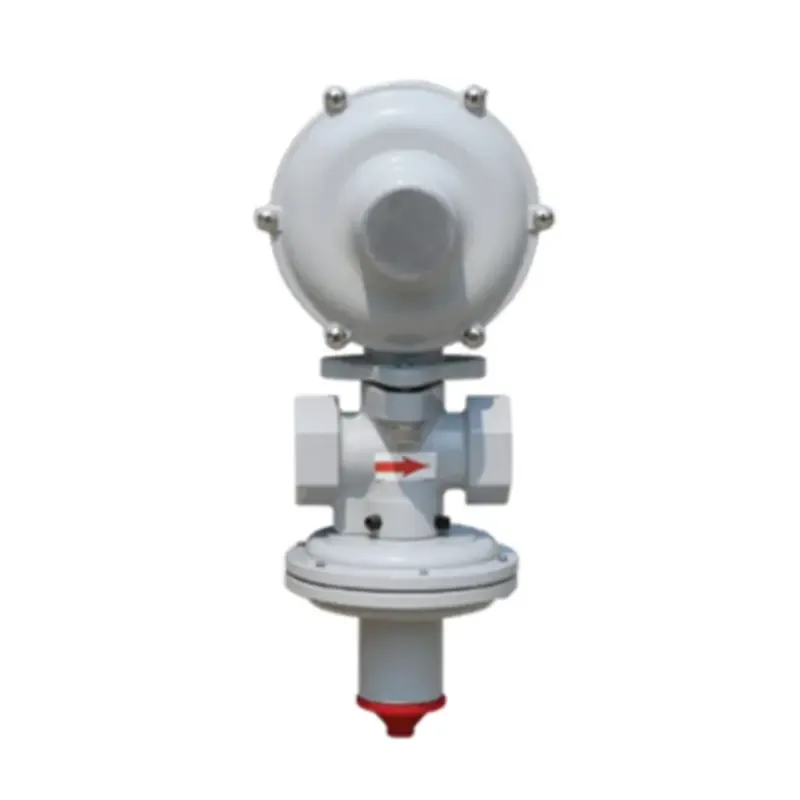
Sep . 29, 2024 03:47
Back to list
Understanding Heat Exchangers and Their Applications in Modern Industries
Understanding Heat Exchangers An Essential Component in Thermal Management
Heat exchangers are crucial devices used in various industries to transfer heat between two or more fluids. These engineering marvels play a vital role in enhancing energy efficiency, optimizing thermal processes, and ensuring effective temperature control in systems ranging from HVAC to chemical processing.
.
There are several types of heat exchangers, each suited for specific applications and requirements. The most common types include shell-and-tube, plate, air-cooled, and finned-tube heat exchangers. Shell-and-tube heat exchangers consist of a series of tubes, with one fluid flowing through the tubes and another fluid circulating outside the tubes within a shell. This design is highly effective for applications requiring high-pressure resistance, making it popular in the oil and gas industry.
مبادل حراري

Plate heat exchangers, on the other hand, use multiple thin plates stacked together to create channels for fluids to flow through. This design maximizes surface area and enhances heat transfer efficiency, making plate heat exchangers ideal for applications in food processing and pharmaceuticals. Air-cooled heat exchangers dissipate heat directly to the atmosphere, and are often used in situations where water is scarce or expensive. Finned-tube heat exchangers utilize extended surfaces (fins) to increase the contact area between the fluid and the heat exchanger surface, which is especially useful in the cooling of gases or in applications with low heat transfer coefficients.
The effectiveness of a heat exchanger can be measured by its thermal efficiency, which quantifies the amount of heat transferred compared to the maximum possible heat transfer under ideal conditions. The design and material choice of the heat exchanger significantly influence its efficiency, durability, and maintenance requirements. Materials like stainless steel, copper, and aluminum are commonly used due to their excellent thermal conductivity and corrosion resistance.
Moreover, advancements in technology have led to the development of more compact and efficient heat exchangers. Innovations such as enhanced surface designs and the use of nanofluids (fluids engineered at the nano-scale) promise improved heat transfer rates and lower energy losses.
In conclusion, heat exchangers are indispensable in modern thermal management. Their ability to efficiently transfer heat between fluids underpins a multitude of processes across various industries, contributing to enhanced efficiency and sustainability. As industries continue to evolve and the demand for energy-saving technologies increases, the role of heat exchangers will undoubtedly become even more critical in addressing global energy challenges.
Latest news
-
Safety Valve Spring-Loaded Design Overpressure ProtectionNewsJul.25,2025
-
Precision Voltage Regulator AC5 Accuracy Grade PerformanceNewsJul.25,2025
-
Natural Gas Pressure Regulating Skid Industrial Pipeline ApplicationsNewsJul.25,2025
-
Natural Gas Filter Stainless Steel Mesh Element DesignNewsJul.25,2025
-
Gas Pressure Regulator Valve Direct-Acting Spring-Loaded DesignNewsJul.25,2025
-
Decompression Equipment Multi-Stage Heat Exchange System DesignNewsJul.25,2025

